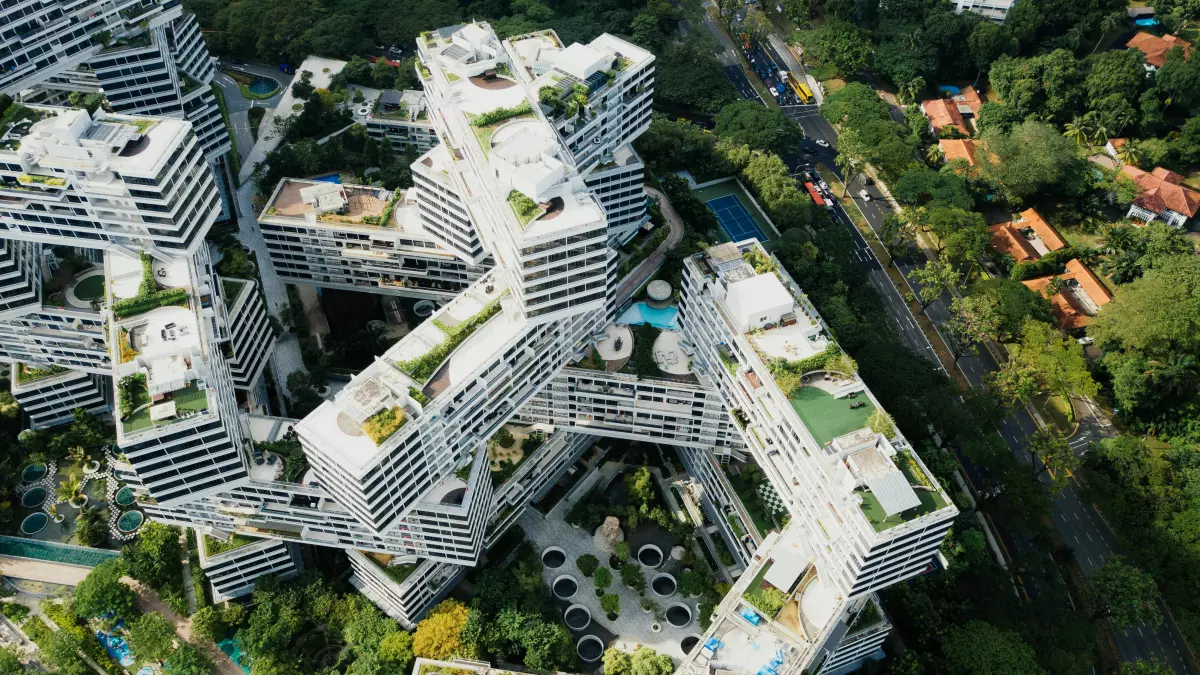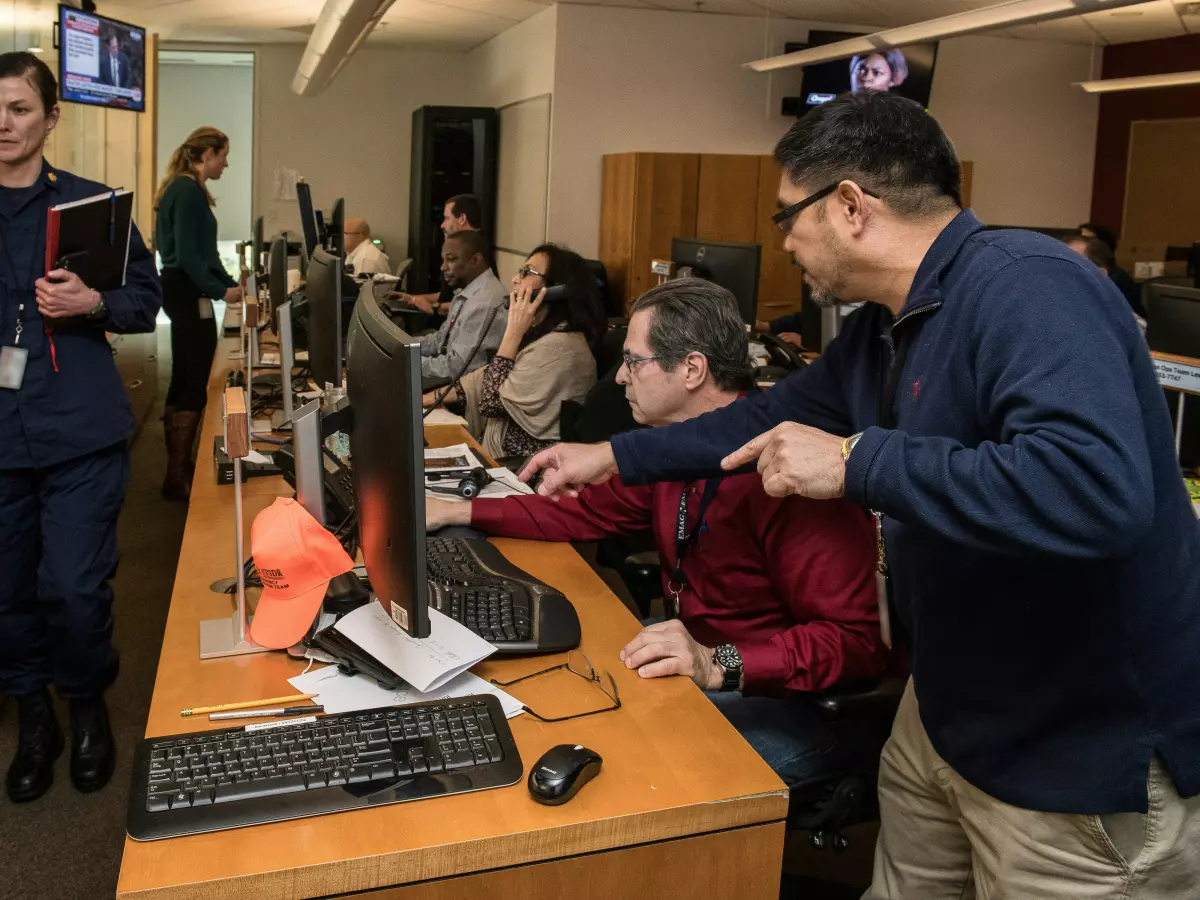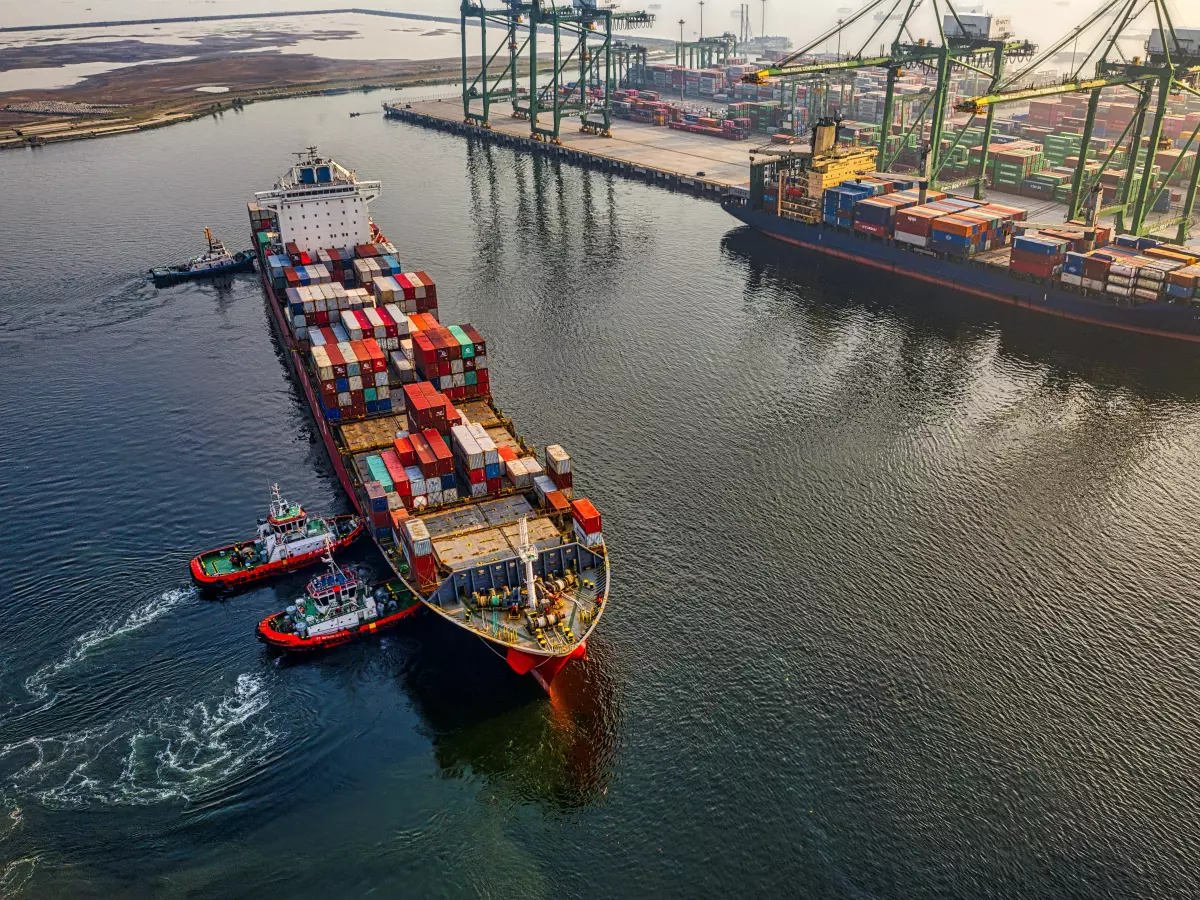AI in Cities
AI is quietly reshaping urban planning, making cities smarter, more efficient, and sustainable.

By Hiroshi Tanaka
Remember the days when city planning was a manual process, relying heavily on human intuition, maps, and endless paperwork? Think back to the 20th century, when urban planners would spend months, if not years, designing cities with little more than blueprints and a vision. The process was slow, and mistakes were often costly. Fast forward to today, and the landscape has changed dramatically. Enter AI—an innovation that’s not just speeding things up but also making city planning smarter and more efficient.
AI algorithms are now being used to analyze vast amounts of data, from traffic patterns to environmental impacts, helping urban planners make more informed decisions. The shift from traditional methods to AI-driven solutions has been nothing short of revolutionary. But how exactly is AI transforming urban planning? Let’s dive into the details.
Optimizing Traffic Flow
One of the most significant ways AI is making an impact is in traffic management. Gone are the days of static traffic lights and guesswork. AI algorithms can now analyze real-time data from cameras, sensors, and even social media to predict traffic patterns and adjust signals accordingly. This not only reduces congestion but also cuts down on emissions, making cities greener.
Take Barcelona, for instance. The city has implemented an AI-based traffic management system that uses data from various sources to optimize traffic flow. The result? A significant reduction in traffic jams and a more efficient public transportation system. And Barcelona isn’t alone—cities like Los Angeles and London are also hopping on the AI traffic management bandwagon.
Smart Infrastructure Planning
AI is also playing a crucial role in infrastructure development. By analyzing data on population growth, land use, and environmental factors, AI can help urban planners design cities that are not only functional but also sustainable. This is particularly important as cities continue to grow at an unprecedented rate.
For example, Singapore has been using AI to plan its infrastructure for years. The city-state uses AI algorithms to predict future population growth and plan accordingly, ensuring that there’s enough housing, transportation, and public services to meet the needs of its citizens. This forward-thinking approach has made Singapore one of the most livable cities in the world.
Environmental Impact Assessments
Urban planning isn’t just about building new roads and skyscrapers—it’s also about minimizing the environmental impact of these developments. AI is helping cities achieve this by providing more accurate environmental impact assessments. By analyzing data on air quality, water usage, and energy consumption, AI can predict the environmental consequences of new developments and suggest ways to mitigate them.
Take the example of Stockholm, which has been using AI to monitor air quality and predict the impact of new construction projects. The city’s AI system can analyze data from sensors placed throughout the city and provide real-time feedback to planners, helping them make more environmentally friendly decisions.
Predictive Maintenance
Another area where AI is making waves is in predictive maintenance. Cities are filled with infrastructure that requires regular upkeep—roads, bridges, water systems, you name it. Traditionally, maintenance has been reactive, meaning repairs are made after something breaks. But with AI, cities can now predict when infrastructure is likely to fail and perform maintenance before problems arise.
New York City, for instance, has started using AI to monitor its water system. By analyzing data from sensors placed throughout the city’s pipes, the AI system can predict when a pipe is likely to burst and alert maintenance crews before a disaster occurs. This not only saves money but also prevents disruptions to the city’s water supply.
Urban Planning for Smart Cities
As cities become more connected, the concept of “smart cities” is becoming a reality. AI is at the heart of this transformation, helping cities manage everything from energy consumption to waste management. In smart cities, AI algorithms can analyze data from various sources and make real-time decisions that improve the quality of life for residents.
For example, in Amsterdam, AI is being used to manage the city’s energy grid. The system can analyze data on energy usage and adjust the grid in real-time to ensure that energy is distributed efficiently. This not only reduces energy waste but also lowers costs for residents.
So, what’s next for AI in urban planning? As AI technology continues to evolve, we can expect even more innovative applications in the future. From autonomous vehicles to AI-powered public safety systems, the possibilities are endless. But one thing is clear: AI is here to stay, and it’s changing the way we build and manage our cities.
As urban planners continue to embrace AI, the cities of tomorrow will be smarter, more efficient, and more sustainable. And who knows? Maybe one day, we’ll live in cities that are entirely designed and managed by AI. The future is closer than you think.





